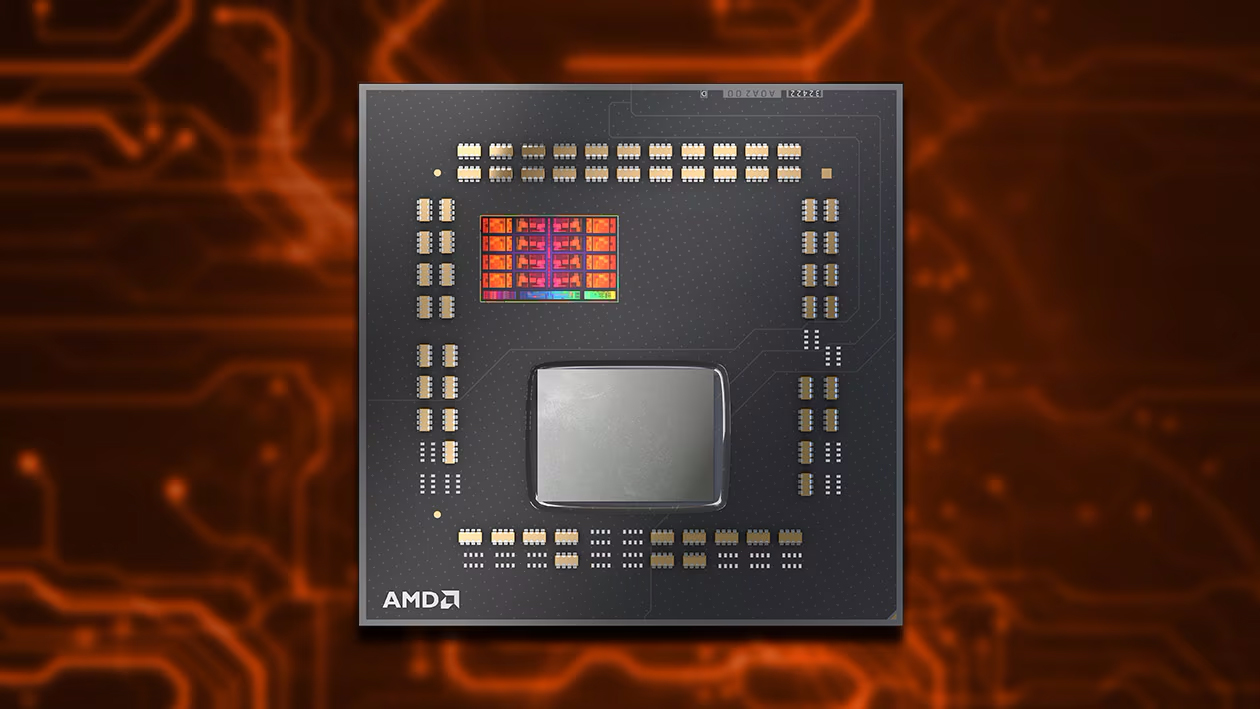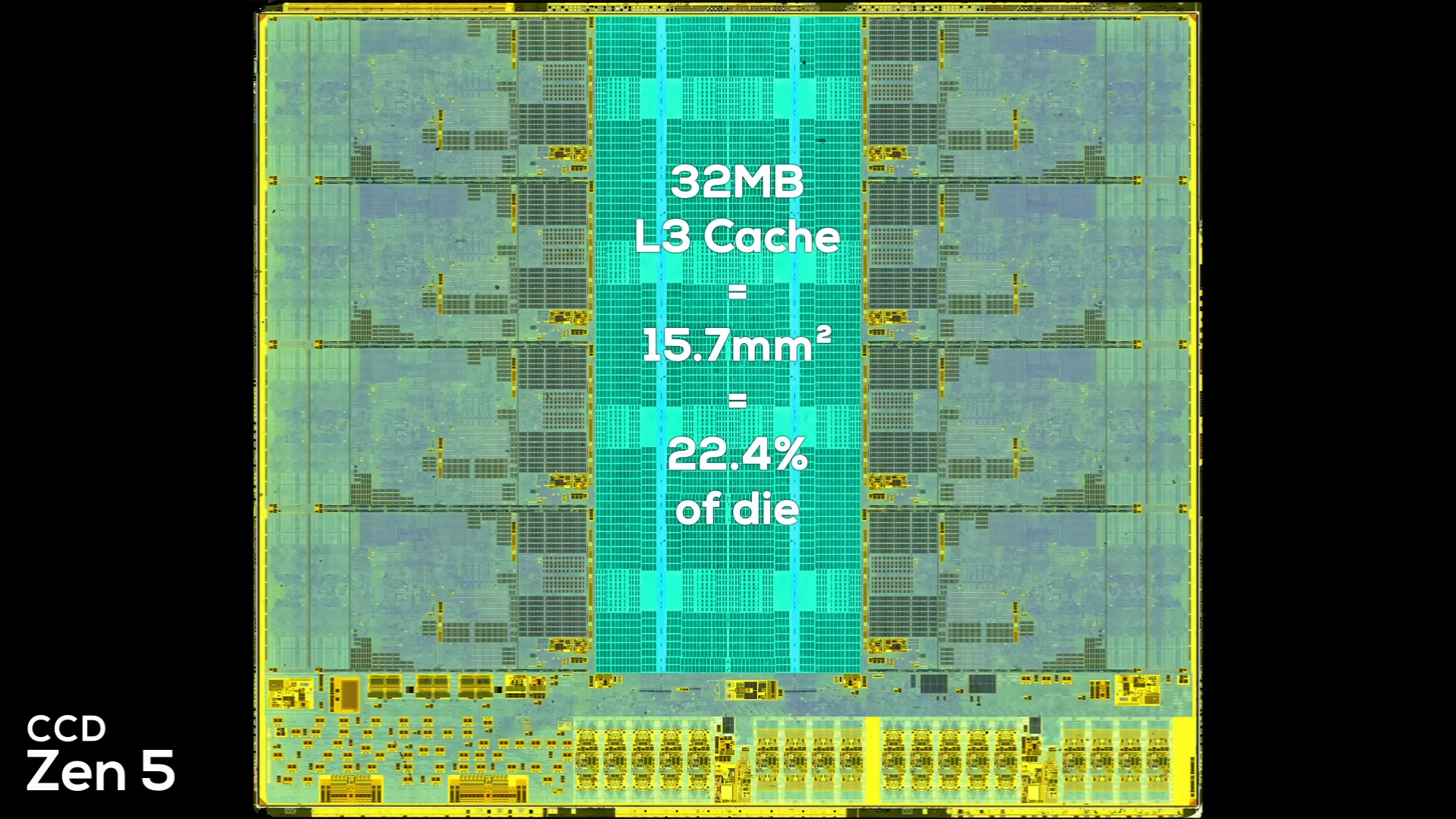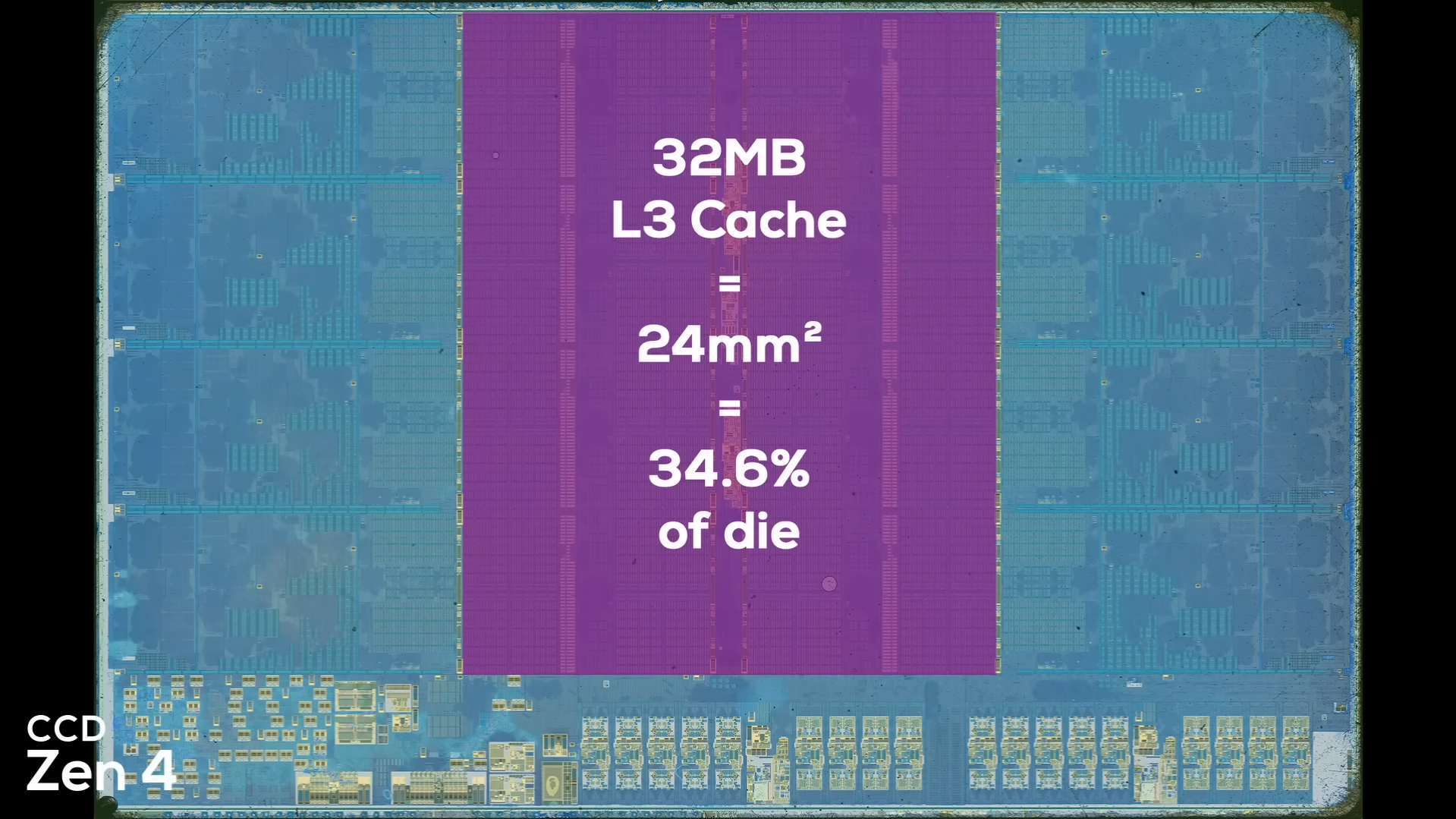
In two weeks, AMD will introduce its Ryzen 9000X3D chips, which will rival the best CPUs on the market. Hardware leaker HXL on X has clarified, to some extent, the architectural differences between the first and second generations and why AMD can achieve better thermals and higher clock speeds with Ryzen 9000X3D. It is claimed that AMD is reversing its 3D die-stacking structure, with the SRAM block now placed beneath the CCDs.
When AMD first launched its Ryzen 5000X3D chips, the concept was to stack a block of L3 cache atop the CCDs. A large issue with this model was heat dissipation due to using extra silicon over the CCDs for structural integrity. This thermal constraint also restricted AMD from bumping the clock speeds on these processors. However, that seems to be addressed with Ryzen 9000X3D, as the CCD reportedly sits atop the cache die. If true, AMD's new design will genuinely be an engineering marvel - from both architectural and packaging standpoints.
RPL-XL3D-----CCDGNR-XCCD----L3D https://t.co/eaYCrB7qdVOctober 26, 2024
Currently, we have no diagrams of these CPUs and are unsure how AMD will manage the potential bump in the y-axis compared to Ryzen 9000 non-X3D. However, such a change was expected since Zen 5-based CCDs have a considerably smaller internal L3 block size than Zen 4. This meant that any potential external dies (through 3D stacking) would overlap with the CCDs and cause heat dissipation problems. High Yield's chip analysis indicated that a plausible solution was to use 2-Hi stacking of 3D cache, but AMD has surprised us all with a completely different approach.


It will be intriguing to see how AMD accomplishes such a layout, and we hope Team Red blesses us with an in-depth overview. Based on this leak, Ryzen 9000X3D chips will have the CCD in direct contact with the IHS without any extra silicon for improved thermal performance.
This spells trouble for Intel since Core Ultra 9 285K, the flagship Arrow Lake chip, fails to beat even last generation's Ryzen 7 7800X3D. The Ryzen 9000X3D series will debut on November 7, and retailer listings have put the Ryzen 7 9800X3D in the ballpark of $484-$525.







